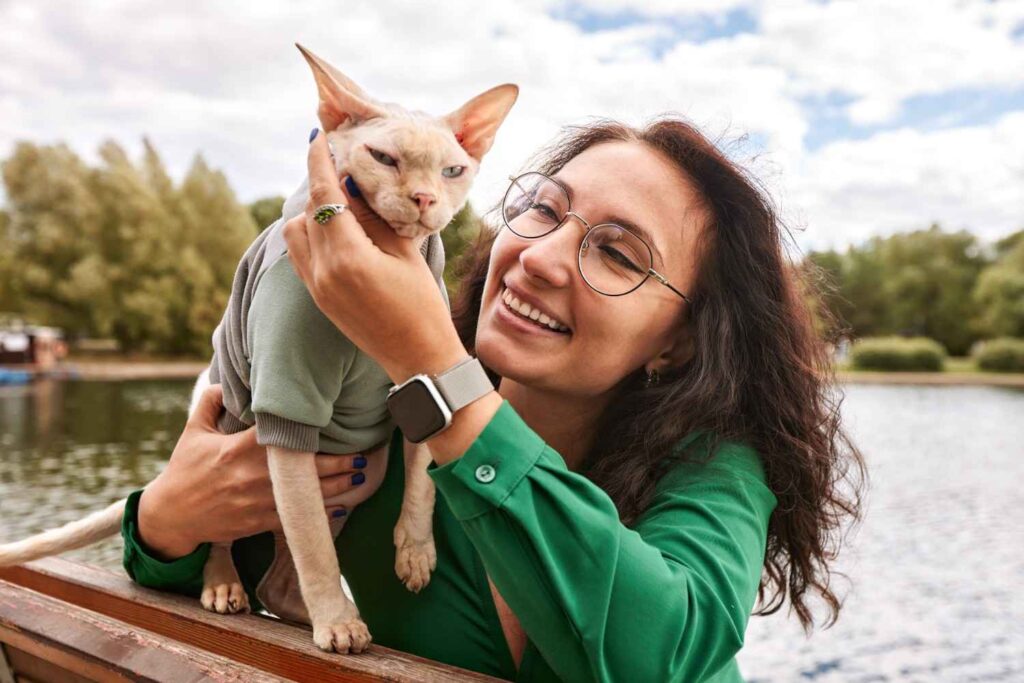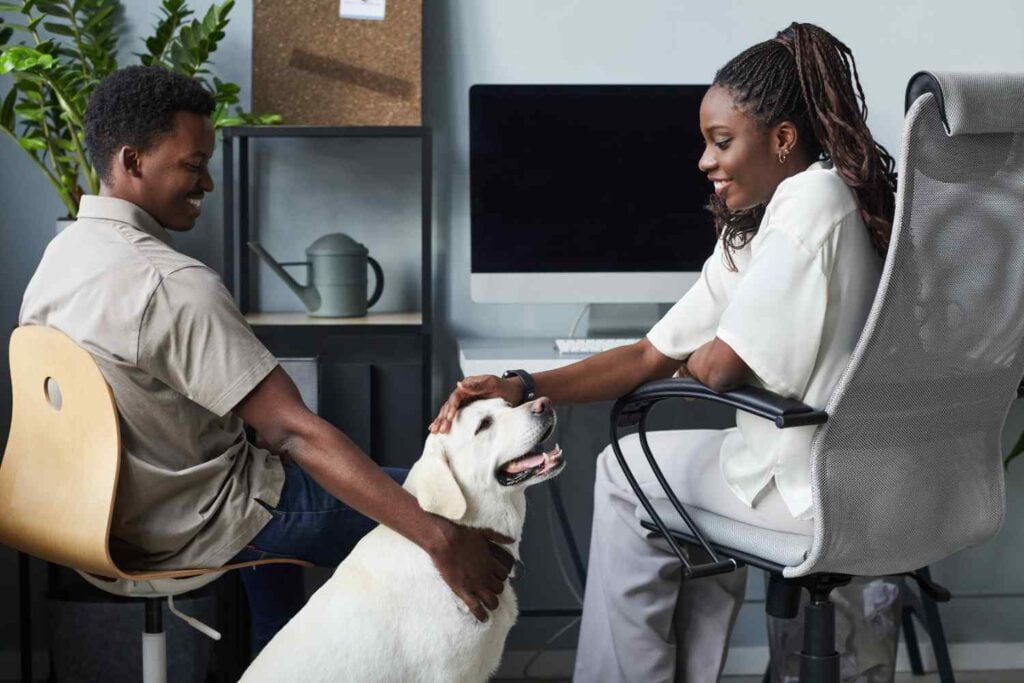Our beloved dogs, like people, can suffer accidents or health difficulties, resulting in exorbitant vet bills and causing stress among pet owners. Pet insurance might be beneficial in this circumstance. However, with so many options, it might be tough to select the right plan. It’s vital to select a plan that suits your pet’s needs, has a manageable deductible, and charges reasonable fees. Here’s all the information you need to make an informed decision about pet insurance.

What Are Deductibles, and How Do They Work?
The deductible is the amount that pet parents must pay before their insurance will cover pet care expenditures. When pet parents sign up for a plan, they choose the deductible, which has an inverse relationship with the premium—a greater deductible results in a lesser cost, and vice versa.
Insurance deductibles are of two types:
- Annual deductible: An annual deductible is a set amount of money that you must pay each year during the policy term. When you meet the yearly deductible, you won’t have to pay anything again until the next policy year.
- Per-incident deductible: A per-incident deductible means pet parents will have to pay a set amount for every accident or illness. You must pay the deductible before your pet insurance covers the related costs.
Before choosing an insurance plan, you must understand the deductibles associated with it and how they will impact your premiums.
How Much Does Pet Insurance Cost?
Pet insurance costs vary due to multiple factors. They depend on your pet’s breed, age, pre-existing medical condition, ZIP code, and deductibles. According to recent data published by Market Watch, the average cost was $66 a month for dogs and $32 a month for cats. Pet insurance costs between $15 and $90 a month.
The type of insurance coverage also influences this price range. Basic plans that only cover accidents cost less, compared to comprehensive plans that cover accidents, health issues, routine care, vaccinations, and vet check-ups. There is no one-size-fits-all solution to this, but here are some significant factors that drive this cost.
7 Factors That Impact Pet Insurance Premiums

Pet insurance ensures that our pets receive the best medical care without compromising our budget. Before settling for a plan, here are some things you should consider that may significantly impact the price:
- Location
Your geographic location significantly determines the cost of insurance. This is because veterinary expenses vary from state to state. Areas with higher living costs or fewer vet clinics will drive up the cost of insurance plans. Meanwhile, areas with moderate living costs and ample veterinary caregivers will have decent costs.
- Species Matters
Yes, cats and dogs typically have different insurance costs. The insurance for dogs comparitively cost higher than those of cats. This is because the treatment prices are often higher for dogs.
- Breed Bonanza
The insurance cost varies with different breeds. Certain breeds are more likely to develop specific health issues, making them more expensive to insure. Think about pugs with respiratory problems or Great Danes with extensive medical needs.
- Age
Just like people, younger pets are often healthier and, hence, less expensive to insure. As your pet grows older, the likelihood of health issues increases, perhaps causing to higher rates.
- Coverage Choices
The more extensive your pet insurance coverage is, the higher the cost. Do you only want accident coverage, or do you want a comprehensive plan that covers sicknesses, tests, and medications? Choose the level of coverage that is most appropriate for your pet’s requirements and your budget.
- Deductible
The deductible is the amount you must pay out of cash before your insurance benefits kick in. Choosing a greater deductible often results in a lower monthly premium. When deciding on an appropriate deductible, keep your budget and risk tolerance in mind.
- Reimbursement
Reimbursement significantly impact the cost of insurance coverage. Choosing a higher reimbursement means that your insurance will cover the bulk of your pet care costs, but you will also have to pay higher premiums.
Understanding these factors helps you shop around and compare plans to find the best coverage for your pet at a reasonable price.
7 Tips to Find The Best Pet Insurance for Your Furry Friend

Pet insurance acts as a financial backup plan for pet parents when dealing with unxepexted vet bills. But with so many options available in the market, how can you decide which is the best plan for your pet. Here are seven tips to find the perfect pet insurance for your furry companion:
- Consider your pet’s needs
Pets, like humans, have different needs. A younger pet may have fewer health issues, as compared to a senior pet who might have multiple health problems. When selecting a plan, consider your pet’s age, breed (certain breeds are more prone to particular health conditions), and overall health status.
- Coverage Comparison
Do not settle for the first plan you see. Look into several insurance companies and compare their coverage options. Consider situations like accident and illness coverage, hospitalization, diagnostics, and prescriptions. Some plans also provide wellness benefits, including regular check-ups.
- Deductible
Pet parents must pay the deductible on their own before their insurance benefits kick in. deductible is the backup money for your pet’s emergencies. Higher deductibles result in cheaper monthly rates, but you must pay more up front for covered claims. Select the deductible that best suits your budget and comfort level.
- Reimbursement Breakdown
Pet insurance policies often reimburse a part of the insured amount, somewhere between 70% to 90%. Considering the reimbursement rate helps you figure out how much you will be responsible for after filing a claim.
- Go Through Exclusions
Pet insurance coverage, like any other, may exclude certain pre-existing diseases, preventative treatment, or cosmetic surgeries. Read the tiny print carefully to avoid future surprises.
- Ask Question
Asking questions is always the best thing. Connect with pet insurance firms and ask questions. Clear out any confusion related to deductibles, reimbursements, and exclusions. Before buying an insurance plan, get a quote to find a plan that best meets your needs.
- Read the Reviews
Reading reviews from other pet parents can provide ample information. To have a well-rounded view, read about other pet parents’ experiences with various insurance firms and policies.
By following these tips, you can get some help in choosing the best plan for your pet.
The Bottom Line

Don’t let unexpected vet expenditures leave you feeling trapped! Pet insurance shield pet parents from the financial calamity of unexpected medical bills. It provides peace of mind and financial stability, ensuring that your beloved pet receives the finest medical treatment possible without leaving you feeling stressed. Furthermore, some plans provide add-on coverage for wellness and preventative treatment, allowing your pet to stay healthy and happy!

0 Comments